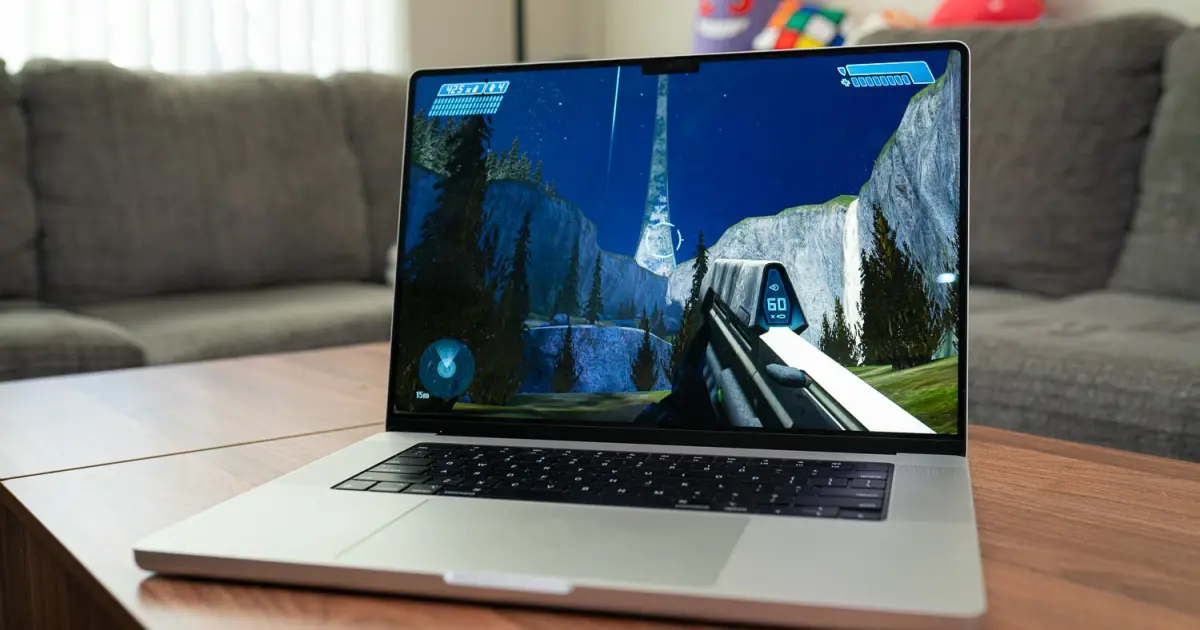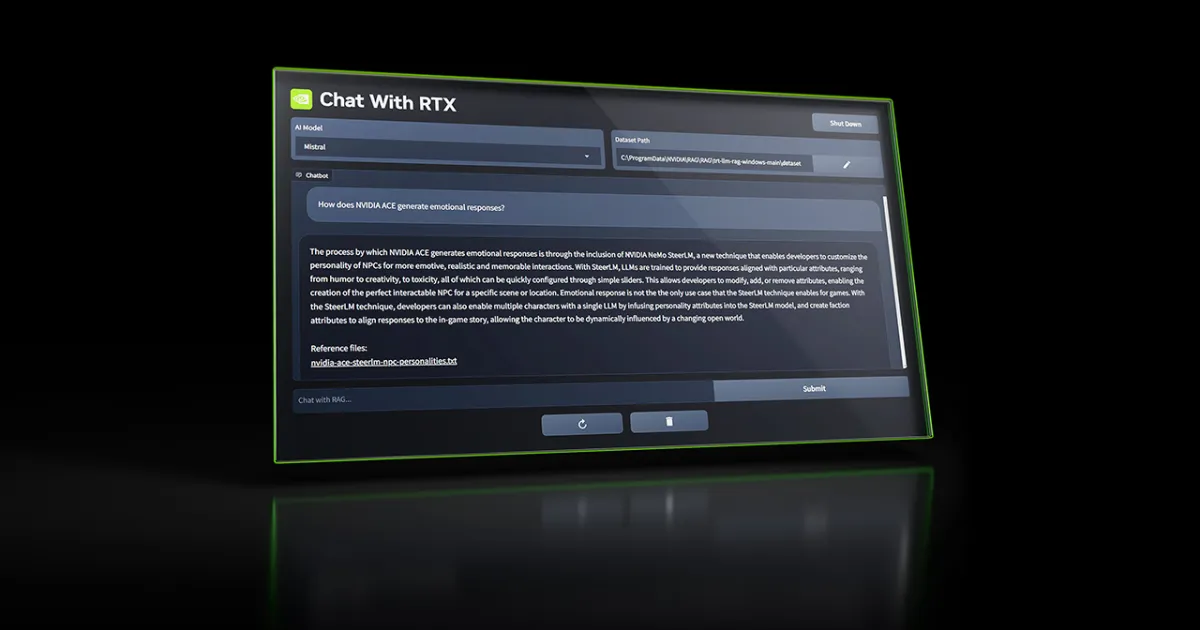Microtransactions in Gaming: From Horse Armor to Stash Slots 🎮💰
To access the new features in Escape from Tarkov, you will need to open your wallet as the game, one of the last holdouts against microtransactions, finally gives in.
Escape from Tarkov is getting microtransactions.
Believe it or not, there was a time when multiplayer games didn’t have microtransactions. You bought the game, played it, and if you liked it, you picked up any expansions that came out further down the line. Ah, those were the days, when the world of gaming rested peacefully. But then, my friend, the cosmos shifted. The era of microtransactions dawned, and we entered a new reality where we could buy horse armor for our mount in Skyrim or turn our automatic assault rifle pure gold in Call of Duty.
Now, our bank accounts are permanently connected to constantly hacked developer servers and payment gateways. We find ourselves opening Loot Boxes, hoping to get that elusive player card with a rating of 84 instead of 83, at least for this season, before we lose them all when next year’s version of the game comes out. It’s a never-ending cycle. But until now, there has been one game that has bucked the trend, a game that has managed to escape from the clutches of microtransactions. That game is Escape from Tarkov. Or at least, it was.
Escape from Tarkov, developed by Battlestate Games, has been known for its commitment to a microtransaction-free experience. However, it seems that the time has come for even this once-sacred game to surrender. According to PC GameN, Escape from Tarkov is joining the microtransaction bandwagon, and it’s not just for cosmetic enhancements like we see in Fortnite.
Now, don’t get me wrong, paying to unlock new clothing options early is one thing, but what’s more irksome is that you can also purchase the offline co-op mode. Okay, fine. That’s a newish feature for a game that has been around for eight years, and it could be seen as a decent addition. However, the next change is what really caught my attention. Brace yourselves: you can pay to increase your Stash size by up to 280 slots!
Yes, my friends, you heard that right. You can now buy more space for all your precious loot. No more agonizing decisions about which items to keep and which to discard. Just whip out your digital wallet and expand that inventory to your heart’s content. Of course, you can earn these extra slots in the game without paying for them, but that will involve some serious grinding. Let’s face it, though, if you’re considering buying them, you probably want to make the game more enjoyable by avoiding the grind.
It’s important to note that these features were previously exclusive to the Edge of Darkness edition of the game, which has now been removed. So if you already bought that version, you don’t have to purchase them again. Battlestate Games’ Chief Operating Officer, Nikita Buyanov, explained the reasoning behind this move:
“So, the thing is that we want to add purchasable options for EFT players because: 1. We removed the EoD version and some of the EoD features need to go back (offline co-op, for example). 2. The game is running for eight years without any additional flow. You just buy and play it forever, and it’s a pretty unique situation for a game such as EFT.”
While I understand the desire to generate more revenue, and it’s not uncommon for games to introduce microtransactions after years of being microtransaction-free, many players have mixed feelings about this shift. Some argue that these new purchases go against the game’s initial spirit, while others are willing to embrace the changes if it means improving their gaming experience.
Now, before you think you’ll be able to buy in-game currency and gear packages, hold your horses. According to the statement, there will be no excessive microtransactions beyond what has been mentioned so far. But who knows what the future holds? Only time will tell if more changes are on the horizon.
These new changes are expected to arrive in the near future and will be available from your profile page on the official Escape from Tarkov website. As we bid farewell to the end of an era, it’s a reminder that no game is truly safe from the grasp of microtransactions. So, whether we embrace them or protest against them, it seems they are here to stay in the gaming world.
Q&A: Answering Your Burning Questions 🔥🤔
Q: Why are developers adding microtransactions to Escape from Tarkov? A: According to Battlestate Games’ Chief Operating Officer, they want to introduce purchasable options to expand the game’s revenue stream and address the removal of certain features from the Edge of Darkness edition. Additionally, after eight years of being a one-time purchase game, introducing microtransactions is seen as an opportunity to keep the game sustainable in the long run.
Q: Will these microtransactions impact gameplay and give paying players an unfair advantage? A: The microtransactions in Escape from Tarkov primarily focus on cosmetic enhancements and quality-of-life improvements like expanding the Stash size. While these aspects can enhance the overall gameplay experience, they are not expected to create a significant imbalance. Nevertheless, players who choose to purchase these enhancements may have a more convenient and enjoyable time in the game, especially if they wish to avoid grinding.
Q: Are there any plans to introduce additional microtransactions in the future? A: As of now, Battlestate Games has stated that there will be no in-game currency gear packages or similar excessive microtransactions beyond the features mentioned. However, the gaming industry is constantly evolving, and it’s difficult to predict what the future holds. Developers often introduce new monetization methods to generate revenue and support ongoing development, so it’s not entirely out of the realm of possibility. Only time will tell.
The Impact and Future of Microtransactions in Gaming 🌟🔮
The addition of microtransactions in Escape from Tarkov is another example of an industry-wide trend. Over the years, many games have transitioned from one-time purchases to incorporating microtransactions to generate ongoing revenue. While this shift has been met with mixed reactions, it’s a testament to the changing landscape of the gaming industry.
Microtransactions have become a controversial topic within the gaming community. On one hand, they can enable developers to provide free content updates and ongoing support for their games. On the other hand, they can introduce pay-to-win elements or create an uneven playing field between paying and non-paying players. Striking a balance is essential to ensure that microtransactions enhance the gaming experience rather than hinder it.
Looking ahead, it’s likely that microtransactions will continue to be a part of the gaming ecosystem. However, developers must navigate this territory carefully, considering the expectations and concerns of their player base. Transparency, fair pricing, and clear boundaries between cosmetic and gameplay-related purchases are crucial factors in maintaining player trust.
As players, we have the power to influence the future development of microtransactions by voicing our opinions and supporting games that prioritize consumer-friendly practices. Ultimately, it’s about finding the right balance between monetization and player satisfaction.
References:
- Article by Paul McNally on Techcrunch
- PC GameN Report on Escape from Tarkov Microtransactions
- The Mirror – Technology and Gaming
- GQ Magazine – Gaming Section
🎮💻 About the Author: Paul McNally 📝👨💼
Paul McNally, a prominent figure in the world of gaming, has been around consoles and computers since his parents bought him a Mattel Intellivision in 1980. With over a decade of experience as an editor for various print-based video games and computer magazines, Paul has a deep understanding of the gaming industry.
Beyond his gaming expertise, Paul has worked as head of communications for a professional sports club and collaborated with notable charities like the National Literacy Trust. In 2020, he returned as a managing editor for large US-based technology websites.
Paul’s writing has graced the pages of GamePro, Official Australian PlayStation Magazine, PlayStation Pro, GQ, Loaded, and more. He is passionate about delivering enjoyable and informative content to readers and constantly seeks to elevate the gaming journalism landscape.
Connect with Paul on LinkedIn and join the conversation!
📢 We want to hear from you! 🗣️
What are your thoughts on microtransactions in gaming? Are you willing to embrace them if they enhance your gaming experience, or do you prefer a microtransaction-free approach? Share your opinions and stories in the comments below, and don’t forget to hit that share button if you enjoyed this article. Let’s keep the conversation going! 👍🎮






